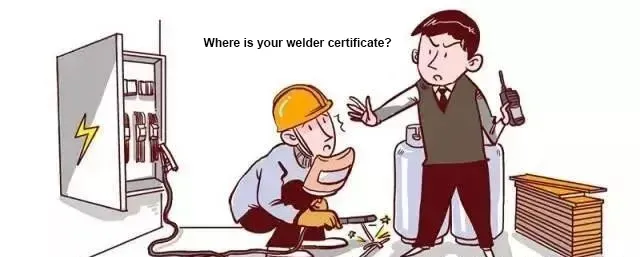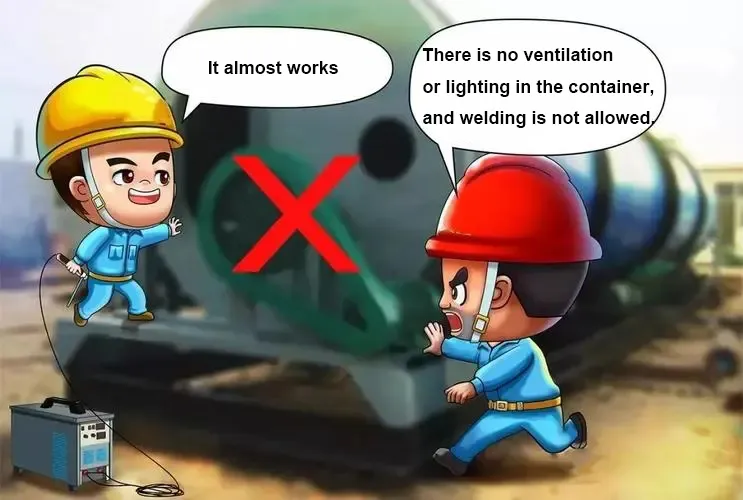Be careful! Occupational hazards of electric welding and preventive measures! !!
Dear welder friends, the electric welding work you are engaged in may cause metal fume hazards, harmful gas hazards, and arc radiation hazards. I must inform you of the hazard factors and preventive measures!

1. Occupational hazards of electric welding
(1) Hazards of metal fume:
The composition of welding fume varies depending on the electrode used. During welding, arc discharge generates a high temperature of 4000-6000℃. While melting the electrode and the weldment, a large amount of fume is produced. Its main components are iron oxide, manganese oxide, silicon dioxide, silicate, etc. The fume particles are diffused in the working environment and are easily inhaled into the lungs. Long-term inhalation will cause fibrous lesions of lung tissue, which is called welder's pneumoconiosis, and is often accompanied by complications such as manganese poisoning, fluorine poisoning and metal fume fever. Patients mainly show respiratory symptoms such as chest tightness, chest pain, shortness of breath, cough, accompanied by headaches, general weakness and other symptoms, and lung function is also damaged to a certain extent.
(2) Hazards of harmful gases:
Under the high temperature and strong ultraviolet rays generated by the welding arc, a large amount of harmful gases such as nitrogen oxides, carbon monoxide, and ozone will be generated around the arc area. When a large amount of hemoglobin combines with carbon monoxide, oxygen loses the opportunity to combine with hemoglobin, which causes the body's function of transporting and utilizing oxygen to be impaired, causing human tissue to necrotize due to lack of oxygen.
(3) Hazards of arc radiation:
The arc light generated by welding mainly includes infrared, visible light and ultraviolet rays. Among them, ultraviolet rays mainly harm the human body through photochemical reactions. It damages the eyes and exposed skin, causing keratoconjunctivitis (photoelectric conjunctivitis) and skin bilirubin. The main manifestations are eye pain, tearing, eyelid redness and spasm. After exposure to ultraviolet rays, the skin may develop edematous erythema with clear boundaries. In severe cases, blisters, exudate and edema may occur, and there is an obvious burning sensation.


-
Welding Electrodes: Types, Prices, and How to Choose the Right SupplierNewsAug.15,2025
-
Stainless Steel Welding Rods: Types, Prices, and Where to BuyNewsAug.15,2025
-
Stainless Steel Welding Electrodes: Types, Prices, and How to Choose the Right OneNewsAug.15,2025
-
Flux Cored Welding Wire: The Go-To Solution for Heavy-Duty FabricationNewsAug.15,2025
-
Flux Core Wire: What to Know Before You BuyNewsAug.15,2025
-
Copper Coated vs. Copper Free Welding Wire: What You Need to Know Before You BuyNewsAug.15,2025


